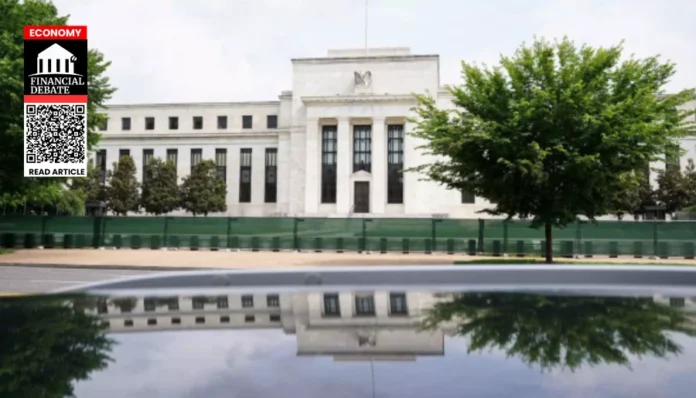In recent months, there have been indications that inflation may finally be receding, raising hopes that the Federal Reserve (Fed) will soon lower interest rates. This potential shift could offer much-needed relief to many Americans facing the burden of high living costs and interest rates.
The recent consumer price index (CPI) report highlighted that inflation has decreased to 2.5% from a staggering 9% in mid-2022, marking a significant decline. However, experts caution consumers against assuming that a reduction in interest rates will drastically alleviate their financial woes immediately.
The economic challenges stemming from inflation have persisted since the COVID-19 pandemic. The Fed’s aggressive strategy included a series of interest rate hikes intended to tame rising prices, which ultimately brought the federal funds rate to its highest in decades. These increased borrowing costs have significantly impacted consumer finances, with many households grappling with constant financial strain.
As the Fed prepares to meet next week, financial markets anticipate a 100% chance of initiating interest rate cuts, according to the CME Group’s FedWatch measure. If the Fed goes ahead with this, it could lower rates from the current range of 5.25% to 5.50%, eventually bringing them below 4% by the end of 2025, as projected by some analysts. Understanding how these potential changes will influence different aspects of consumer borrowing is essential.
Brett House, an economics professor at Columbia Business School, emphasizes that although consumers should look positively at any interest rate reduction, the immediate financial impact will be minimal.
Typically, the first cut is not substantial enough to create transformational shifts in consumer borrowing experiences. Instead, lenders and borrowers should anticipate a series of subsequent cuts, which collectively might ease borrowing costs over time. However, House warns that “one rate cut is not going to be a panacea.”
As interest rates fluctuate, various borrowing costs across credit cards, mortgages, and auto loans will be influenced. As noted, most credit cards have variable rates that directly correlate with the Fed’s benchmark rate. Consequently, the average APR for credit cards, which has already surged to over 20%, stands at an alarming height.
Given the expectation of future rate cuts, consumers with existing credit card balances may begin to see some relief, but it is crucial to note that this relief will not manifest rapidly or to the levels that many might hope for.
For those holding mortgages, the relationship with interest rate changes is slightly different. Fixed mortgage rates, which are mostly determined by Treasury yields, might see a slight decrease, yet home prices could remain stubbornly high. As of recent reports, 30-year mortgage rates have dipped to about 6.3%, but prospective homeowners will still face challenges in affordability.
The automotive loan market is similarly affected. While a quarter-point rate cut may not dramatically alter loan agreements, it represents a more significant opportunity when considered with a pattern of rate reductions.
Currently, new car loan rates hover around 7.7%, but the anticipated shift in rates translates to modest savings for buyers—approximately $4 monthly on a $35,000 loan.
For student loans, the implications of rate cuts vary. Federal student loan rates remain fixed, meaning immediate effects from Fed rate cuts are minimal. However, those with private loans tied to fluctuating rates may benefit from declines.
Nonetheless, borrowers are advised to tread carefully, as refinancing federal loans—potentially lucrative due to lower rates—comes with risks, including losing access to pivotal federal benefits.
While lower borrowing costs are on the horizon, a critical aspect to monitor is the relationship between interest rates and inflation. According to financial analyst Greg McBride, understanding the returns relative to inflation becomes increasingly important. Even with a drop in interest rates, if inflation remains high, consumers may still find themselves in a precarious financial situation.
As Americans navigate this evolving economic landscape, they must remain proactive. Strategies such as continuously improving credit scores, seeking better loan terms, and even considering balance transfers can offer paths to financial stability.
While the Federal Reserve’s potential interest rate cuts may signal positive movement toward economic relief, the actual benefits for consumers will depend on a range of factors, including sustained low inflation, the broader economic environment, and personal financial strategies. Thus, while hope is emerging, patience and caution are essential.
